Description
Pippalyasavam is a mild combination of digestive and appetite inducing drugs used to stoke the ‘Jatharagni’ and sustain metabolic activity. A healthy ‘digestive fire’ is central to health and holistic well-being.
Asavas are mildly alcoholic preparations. The sweet taste makes it palatable to kids and adults alike. The alcohol base makes it quick acting and efficient. Pippalyasavam can be safely administered even in children to tackle loss of appetite, indigestion and malabsorption syndrome.
Adult: 25-30 ml Pippalyasavam twice or thrice daily after food.
Child: 10-15 ml Pippalyasavam once or twice daily after food.
Key ingredients:
GUDA
Jaggery is known to produce heat and provides instant energy to the human body. It prevents constipation due to its laxative property and activates digestive enzymes. As per Ayurveda, eating Jaggery daily after meals improves digestion due to its Ushna (hot) property.
MARICHA (Piper nigrum)
This creeper is native to Western Ghats of India. It is cultivated for its fruit, which is widely used as spice and in traditional Indian medicine preparation. Black pepper is an appetizer and a carminative commonly used in the treatment of digestive system related complaints like dyspepsia, indigestion, flatulence, nausea, diarrhoea and colic pain. In respiratory system it acts like Expectorant used in Cough, cold and chest congestion. Externally used as analgesic and in Vitiligo it stimulates the production of pigments.
PIPPALI (Piper longum)
Pippali is known as “Tridoshic” herb as it suits all body types. Thus regular consumption of pippali in suggested quantity can help you to immune your body to quite an extent. Pippali has anti-microbial, anti-inflammatory activity. Consumption of Pippali is said to exhibit anti spasmodic action and hypoglycaemic effect which is believed to lower blood sugar level. It is also reported to be antagonist in respiratory depression. Also due to its cooling post-digestive effect consumption of Pippali is considered as a safe and effective option to avoid all sorts of digestive disorders.
CHAVYA (Piper chaba)
It is useful in treating indigestion, abdominal colic, worm infestation, poisoning, anorexia, productive cough, asthma, bronchitis, fever, diarrhea, IBS, hemorrhoids, piles, fistula, chronic respiratory disorders, throat disorders and rheumatic conditions.
HARIDRA (Curcuma longa)
The anti-inflammatory and antioxidant properties of Haridra assist in preventing the progression of diabetes-related changes in organs like the kidneys, retina, nerve cells and minute blood vessels in the body . The root of the herb, used either fresh or dried, has a host of medicinal benefits. It acts as a carminative and also enhances the complexion and skin tone. In addition, Turmeric can be used to combat liver damage, respiratory disorders and ulcers.
CHITHRAKA (Plumbago zeylanica )
It is a potent digestive medicine used for treating a host of ailments including indigestion, constipation, anorexia, abdominal distension, stomatitis, abdominal pain, etc. Imbued with digestive, caustic, stimulant and carminative properties, it eliminates harmful AMA toxins from the body which has accumulated due to malabsorption of food particles.
MUSTA (Cyperus rotundus)
Commonly known as common Nut grass. Effective in gastritis, irritable bowel syndrome. Due to its breast purification property it is used during post partum care to avoid indigestion to the child. Nut Grass has a long history of medicinal use in the Ayurvedic system of medicine. Its benefits have been documented in the Charaka Samhita, one of Ayurveda’s prime texts. The herb also features heavily in the medicinal texts of Chinese Traditional Medicine (CTM). In CTM, Nut Grass is credited with the ability to restore ‘Qi’, the natural patterns in which the body functions.
VIDANGA (Embelia ribes)
It is commonly known as false black pepper. This herb helps to relieve constipation. When consumed in form of tea it helps in emptying of the bowel. It normalizes Agni and prevents indigestion. It has laxative, antifungal, antibacterial properties.
LODHRA (Symplocos recemosa)
It is a traditional medicine used by Ayurvedic practitioners. All parts like roots, bark as well as leaves of this plant are used for medicinal purposes but most useful is its stem. Lodhra is considered useful in managing female disorders such as leucorrhea (excessive vaginal discharge) which is caused by vaginal infections as it has antimicrobial and anti-inflammatory properties. It helps to manage excessive menstrual bleeding by promoting blood thickening due to its astringent and hemostatic (process which stops bleeding) properties. This hemostatic property is also useful in managing nose bleeding.
PATHA (Cyclea peltata)
It is widely used in bone fracture and wound healing. Also used in the treatment of fever and acts as a breast milk purifier. Commonly known as Indian moonseed, it enhances immunity and prevents inflammation of the respiratory passages due to its immunomodulatory and anti-inflammatory properties. It is used in conditions including infertility, wound, hypertension, and skin diseases.
AMALAKI (Embilica officinalis)
The benefits of Amalaki are numerous, which is why it is considered to be the best antiaging ingredient in all of Ayurveda. It is beneficial for metabolism, elimination and normal liver function and excellent for the hair and skin. The fruit is an important source of Vitamin C, minerals and amino acids. It contains three times the protein concentration and Vitamin C (ascorbic acid) concentration than apple.
CHANDANA (Santalum album)
The addition of sandalwood or Chandan nourishes the skin by reducing pimples, acne marks, blemishes, suntan, dullness and excess oil from the skin. This potent herb pacifies Pitta doshas, cleanses the skin, reduces inflammation and effectively treats conditions like diarrhea and piles.
KUSHTAM (Saussurea luppa)
Kushtam is a well-used drug in Ayurveda that has good anti-inflammatory and antibacterial properties. It also helps in preventing infections. The roots contain resinoids, essential oils, alkaloids, insulin and other minor constituents like tannins and sugars. The root (containing both the essential oil and alkaloid saussurine) is used to treat asthma, by relaxing the bronchioles. The relief obtained is comparable to that of conventional bronchodilators without side effects.
DRAKSHA (Vitis vinifera)
Draksha or black grapes is used in both the dried and fresh form. It pacifies aggravated Pitta in the body and cleanses the body from within. It is rich in anti-oxidants and is valuable for its nutritive properties.


 Sign In
Sign In Cart
Cart 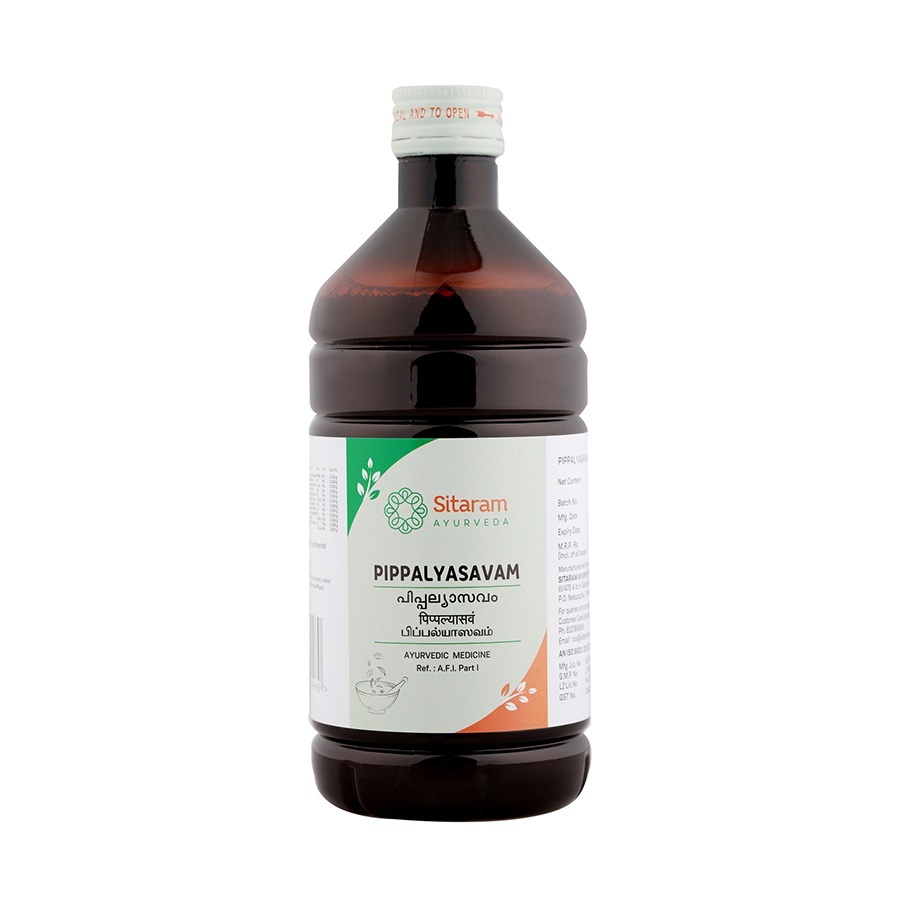
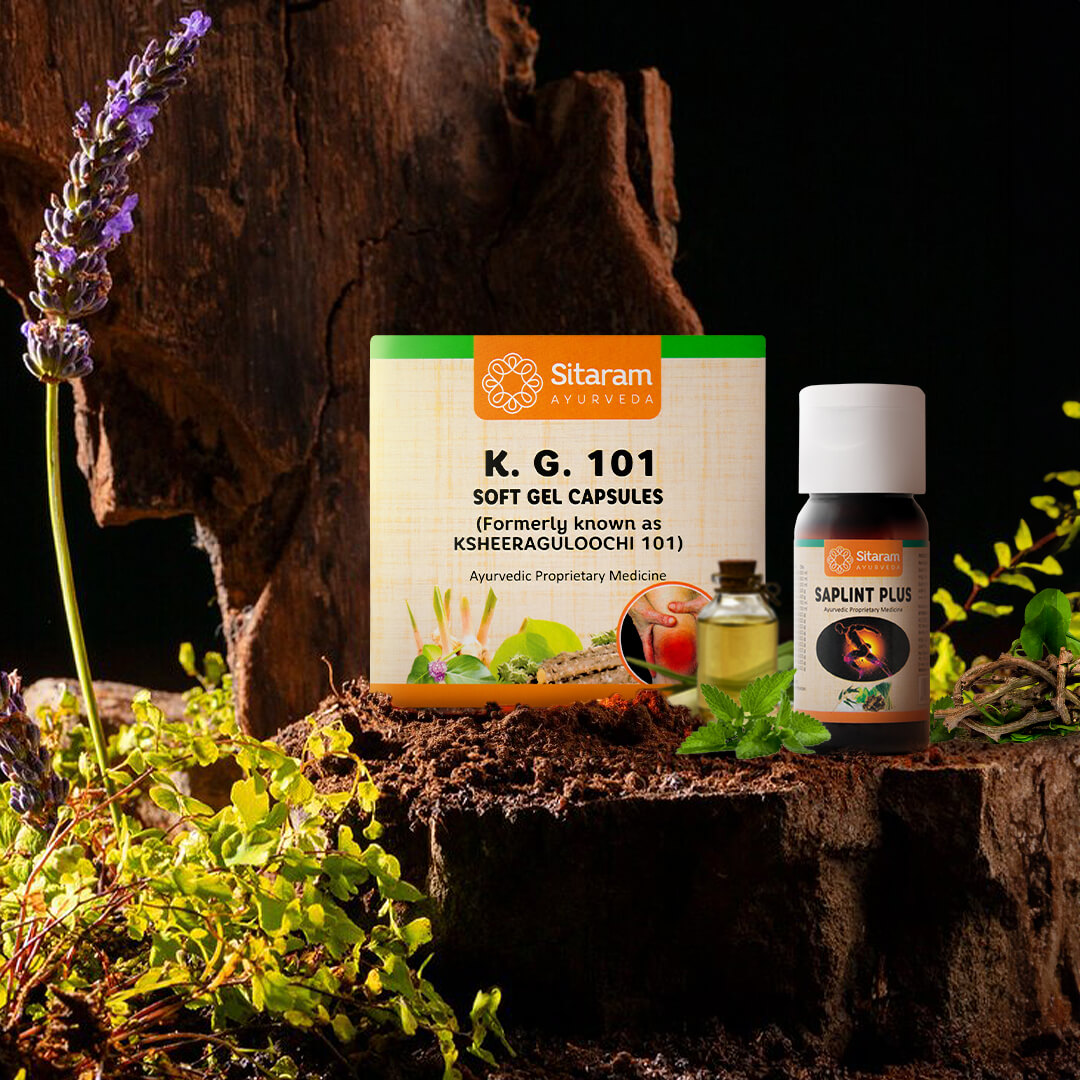
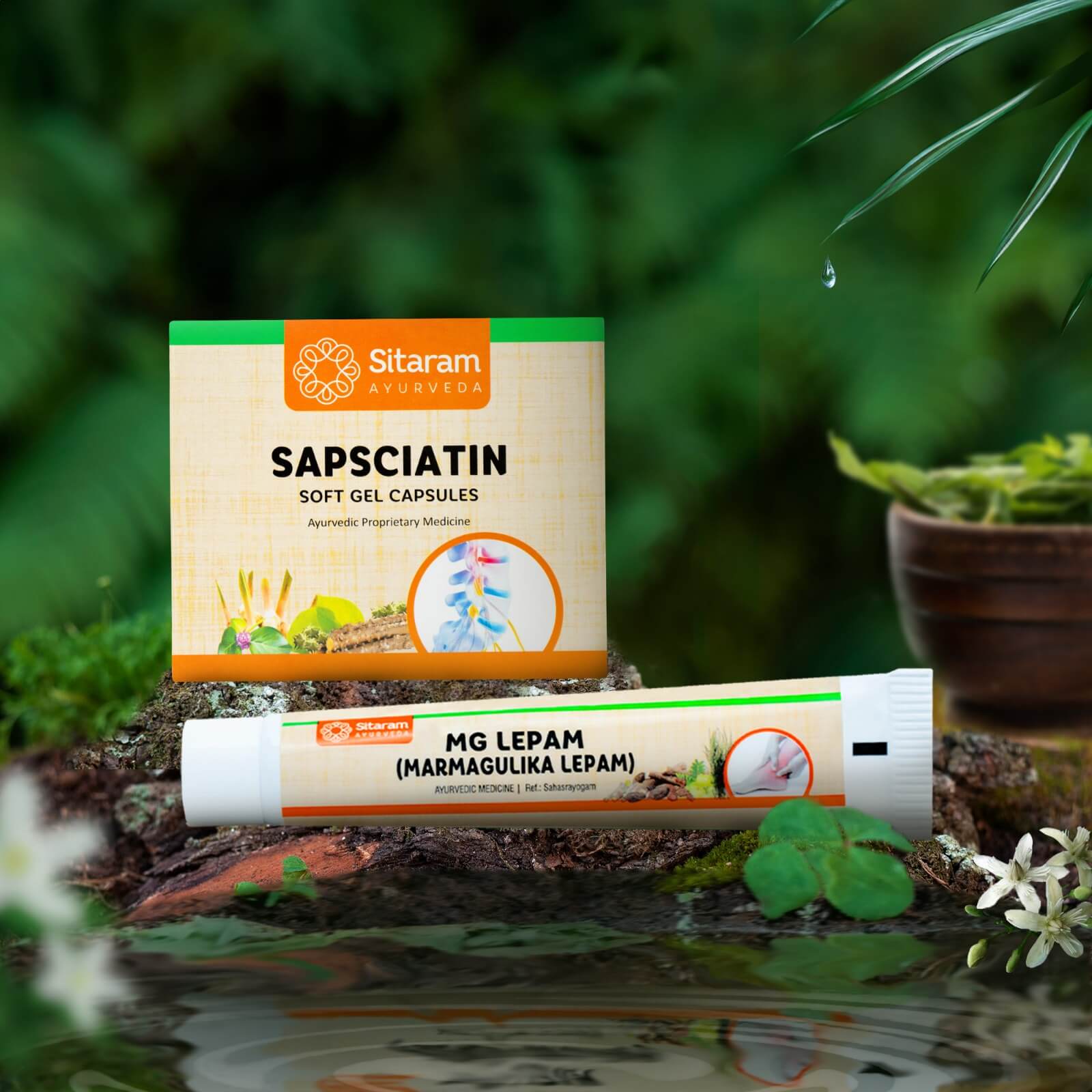
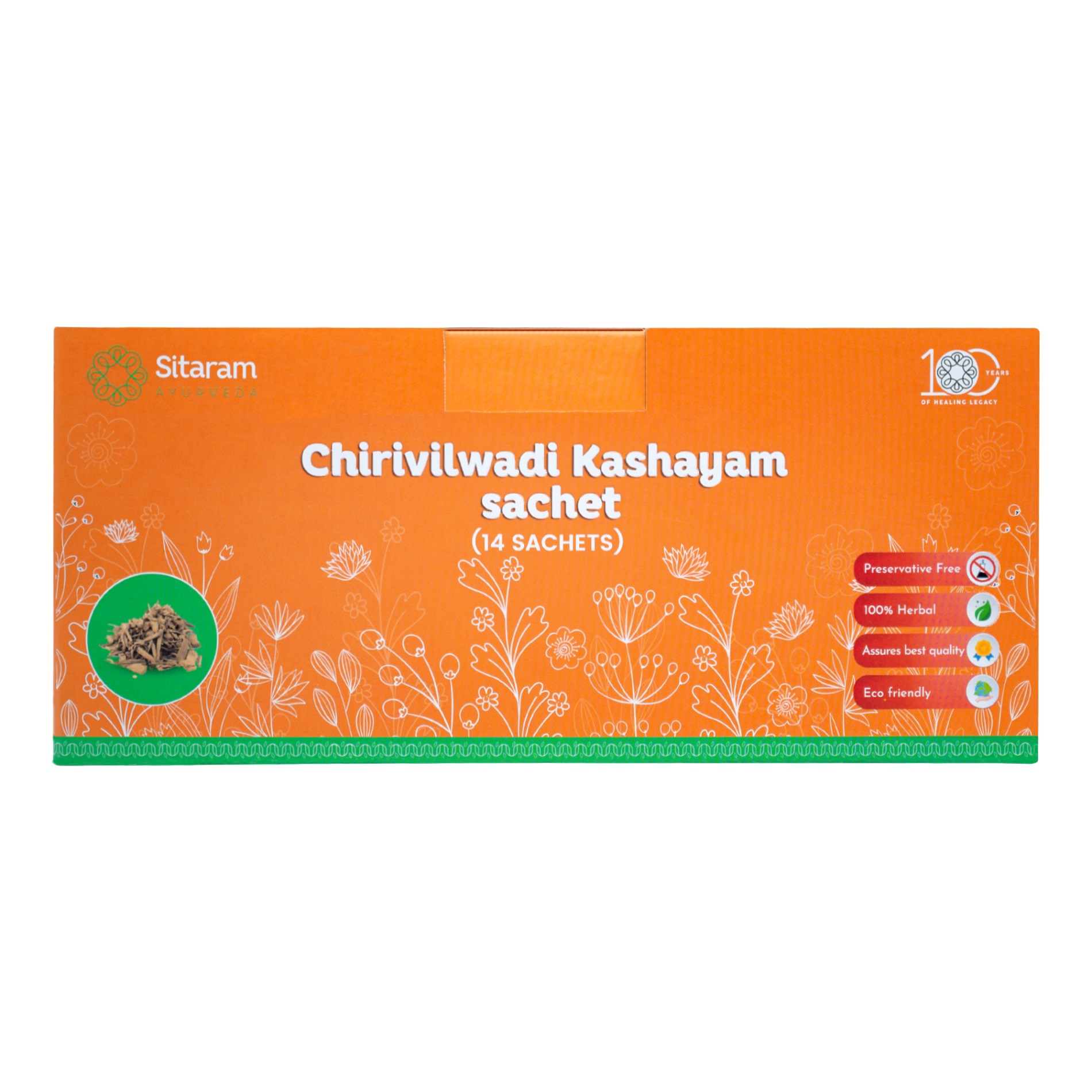
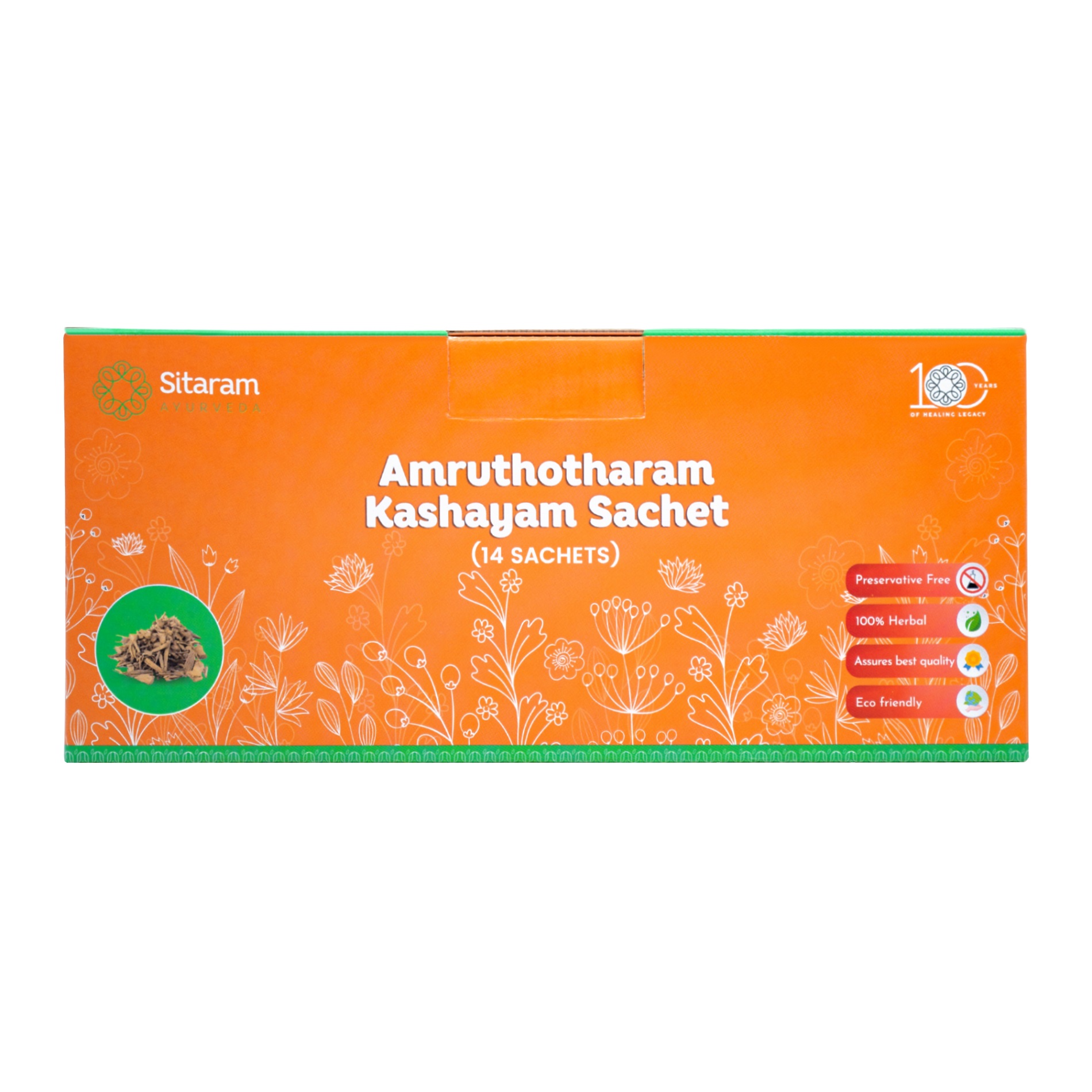
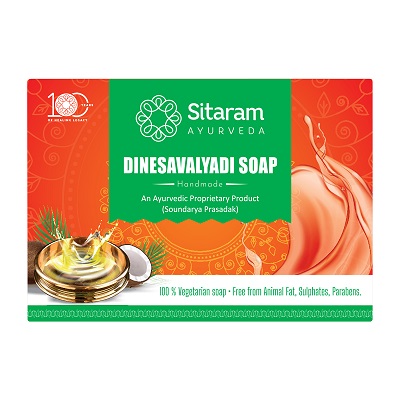
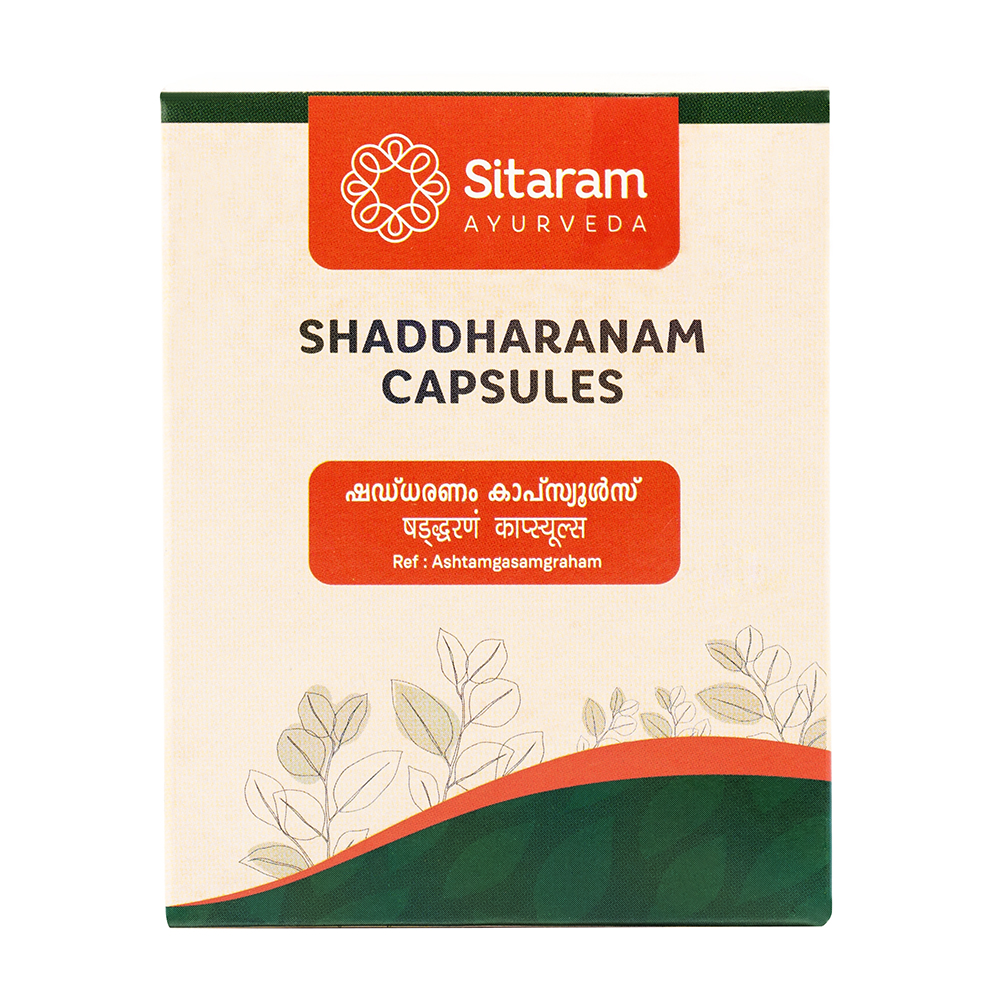
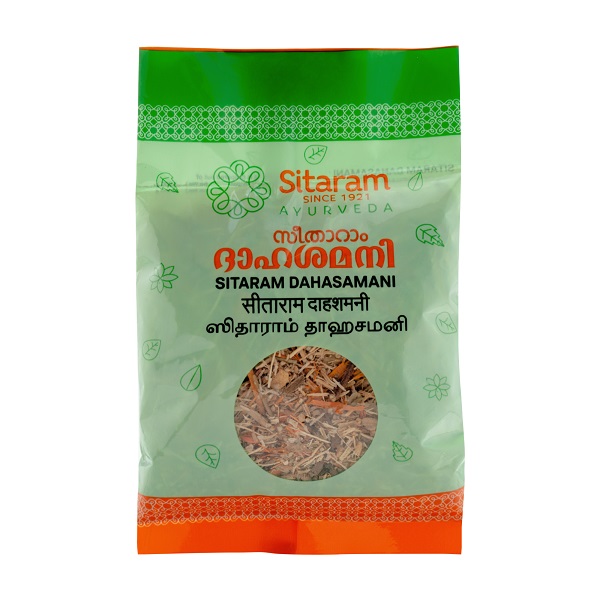
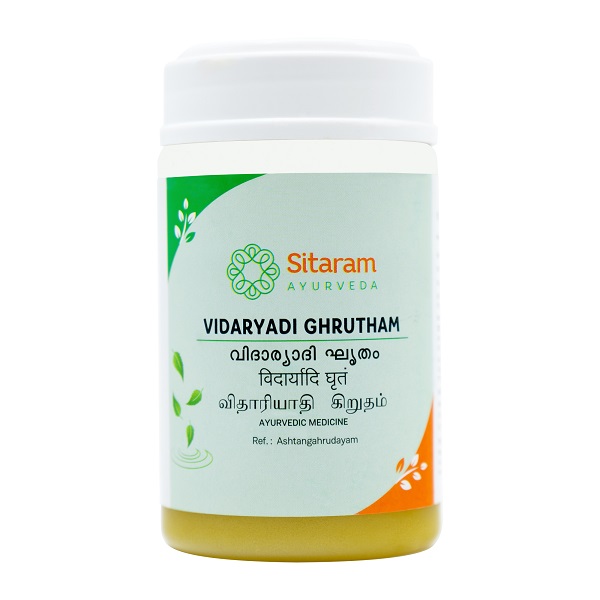
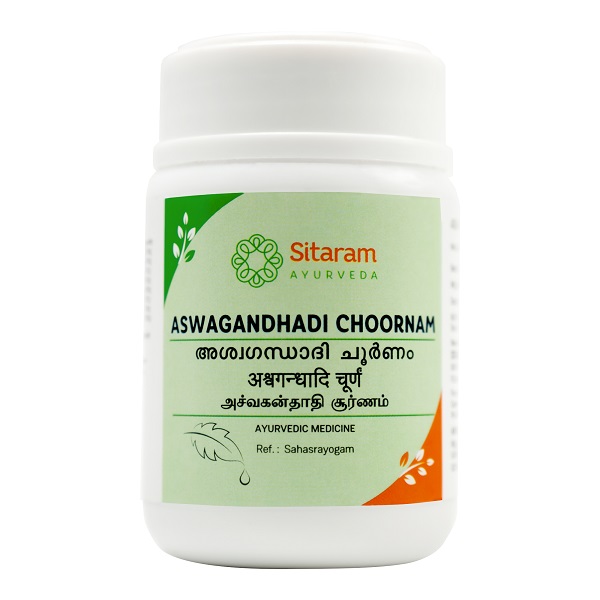
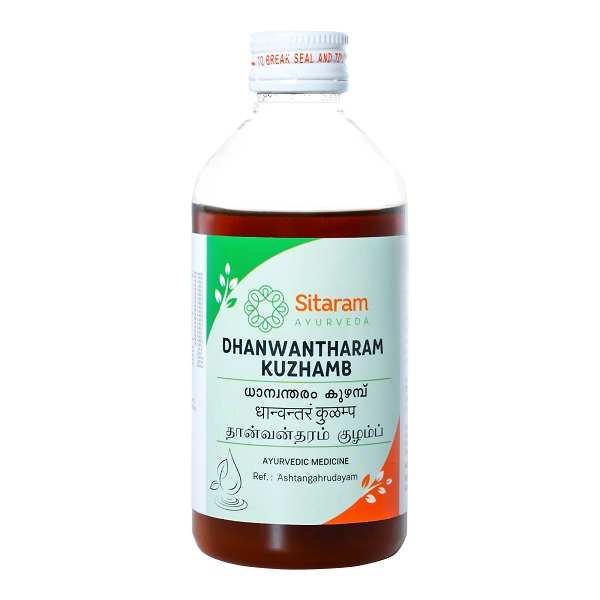
Yamini N. (verified owner) –
Sushma Cherian (verified owner) –